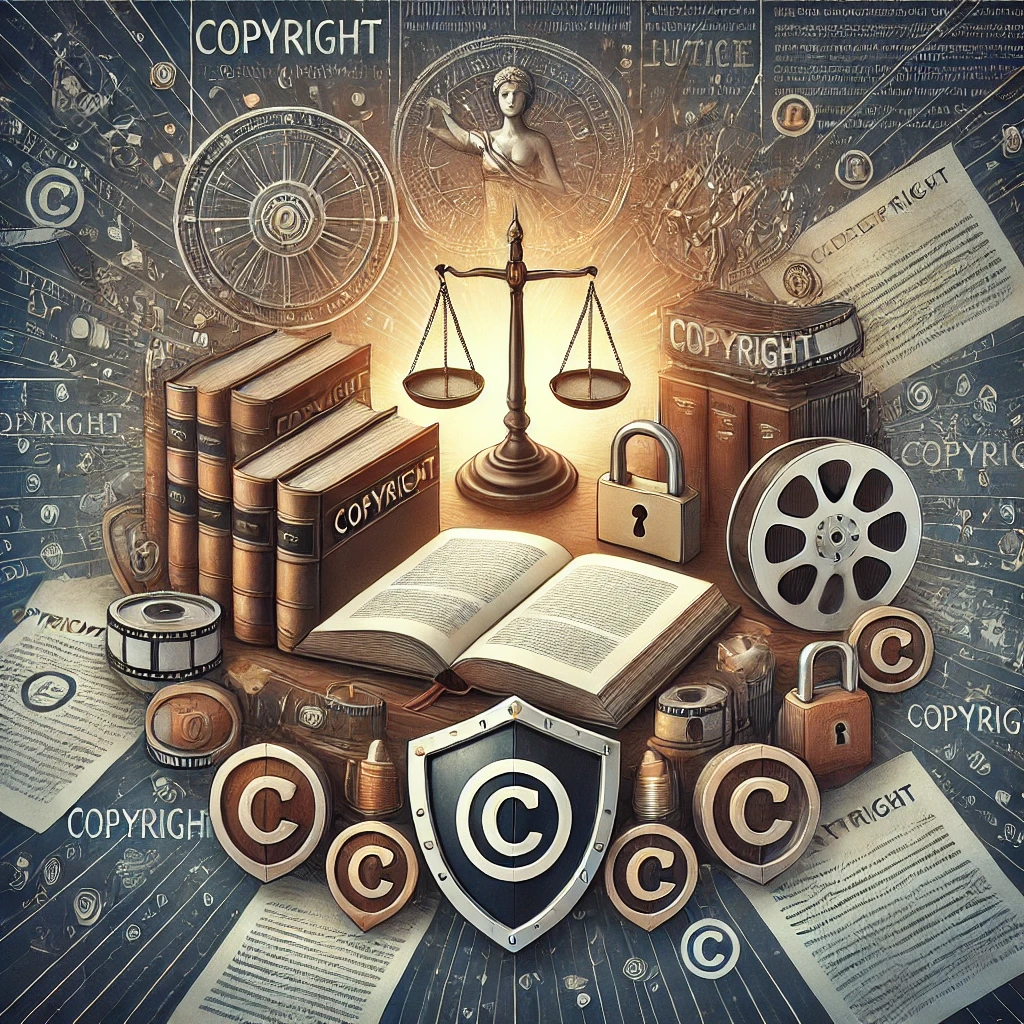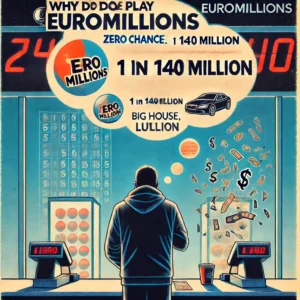
Does Employee Work Have the Same Legal Protection as Copyrighted Works?
Human creativity and invention are the cornerstones of artistic and intellectual endeavors. These creations, known as copyrighted works, have seen significantly strengthened protections in recent years. The reasoning behind this is simple: a creation of human activity is typically unique, and it is undesirable for others to profit from it without consent. But is the same level of protection extended to employee works? And what exactly qualifies as employee work?
Understanding Copyrighted Works
Copyright law is designed to protect the rights of creators over their original works. This can include literature, art, music, film, and various other forms of expression. Copyright grants the creator exclusive rights to use, reproduce, distribute, or modify their work, preventing others from using it without permission. These protections are essential to ensure that creators benefit from their work and can control how it is used, preventing unauthorized copying or exploitation.
The core principle of copyright is that it protects original works of authorship, meaning the creation must involve some level of creativity and originality. Importantly, the creator retains ownership of the work, and any financial or reputational benefits derived from it should typically return to the original author, unless they choose to transfer these rights.
What Is Employee Work?
Employee work, also known as a work made for hire, refers to any work created by an employee within the scope of their employment. In most jurisdictions, the default legal position is that the employer, not the employee, owns the copyright to the work. This means that while the employee may have physically or intellectually created the work, it is the employer who holds the exclusive rights to it.
For example, if a software developer working for a tech company creates a new application as part of their job, the rights to that application will typically belong to the employer. Similarly, if a graphic designer employed by an advertising firm designs a logo, the copyright will usually be held by the firm, not the designer personally.
The reasoning behind this is that the work was produced as part of the employee’s paid job, and thus the employer is considered the legal owner. In most cases, employees are compensated for their time and effort through their salary or wages, and this compensation is seen as replacing any rights to the work they produce while employed.
Táto
While employee work is treated differently from copyrighted works created by independent authors, it still enjoys significant legal protection. The key difference lies in ownership. In the case of copyrighted works, the individual creator typically holds the exclusive rights, while in the case of employee works, it is the employer who benefits from these rights.
Employee works are protected by the same basic copyright laws as other works, meaning they cannot be reproduced, distributed, or altered without the copyright holder’s consent (in this case, the employer). This protection ensures that even though the work was created by an employee, it cannot be exploited by third parties without authorization.
However, employees may sometimes have a contractual agreement that gives them certain rights or benefits related to the work they create. For instance, an employee might negotiate to receive royalties for a product they develop or to retain certain rights over a specific project. This depends on the terms of the employment contract and the agreement between the employee and employer.
Comparing Legal Protections: Employee Work vs. Copyrighted Works
While the legal framework for protecting employee works and independently created copyrighted works is similar, there are notable differences in how these works are treated in terms of ownership and control.
- Ownership: In the case of independent copyrighted works, the creator holds the ownership unless they transfer the rights to someone else. For employee work, the employer automatically holds ownership, unless otherwise specified in the employment contract.
- Control and Use: An independent creator has full control over how their work is used, distributed, or modified. They can license or sell the rights as they see fit. In contrast, employee work is controlled by the employer, who decides how the work will be used, with the employee having little to no say after it is completed.
- Compensation: Independent creators profit directly from their work through sales, licensing, or royalties. Employees, on the other hand, are typically compensated through wages or a salary, with no further financial benefits from the work they create unless their contract includes specific provisions for royalties or other rewards.
- Moral Rights: In some jurisdictions, creators have what are known as moral rights, which protect their personal connection to their work. These rights might include the right to be credited as the author or the right to object to modifications that would harm their reputation. In the case of employee work, moral rights might be more limited, depending on the contract or local law, but they still provide some protection to the creator’s identity and integrity.
Why Strengthening the Legal Protection of Employee Work Matters
As more industries move towards creative and intellectual labor, the legal protection of employee work has become a topic of growing importance. Employers benefit significantly from the innovative and creative efforts of their employees, and it’s vital that these works are protected from unauthorized use. For employees, the challenge lies in balancing their contributions to the company with their rights as creators.
In recent years, there has been a push for fairer contracts and agreements that recognize the value employees bring, particularly in creative industries like technology, design, and entertainment. Contracts that offer employees a share of the profits from their work, or that allow them to retain some rights, can encourage innovation and creativity within the workplace.
Conclusion
In conclusion, while employee work does enjoy strong legal protection, it differs from the protection afforded to independently created copyrighted works in terms of ownership and control. Employers are the primary beneficiaries of employee work, but employees still play a crucial role in producing these valuable creations. Understanding the distinction between the two is essential for both employers and employees, as it influences how the work is managed, compensated, and legally protected.
As industries evolve and the importance of intellectual property grows, so too does the need to revisit and refine the laws and agreements surrounding employee work. Both sides stand to benefit from clear, fair, and well-defined rights that protect the interests of both creators and employers in an ever-changing creative landscape.
